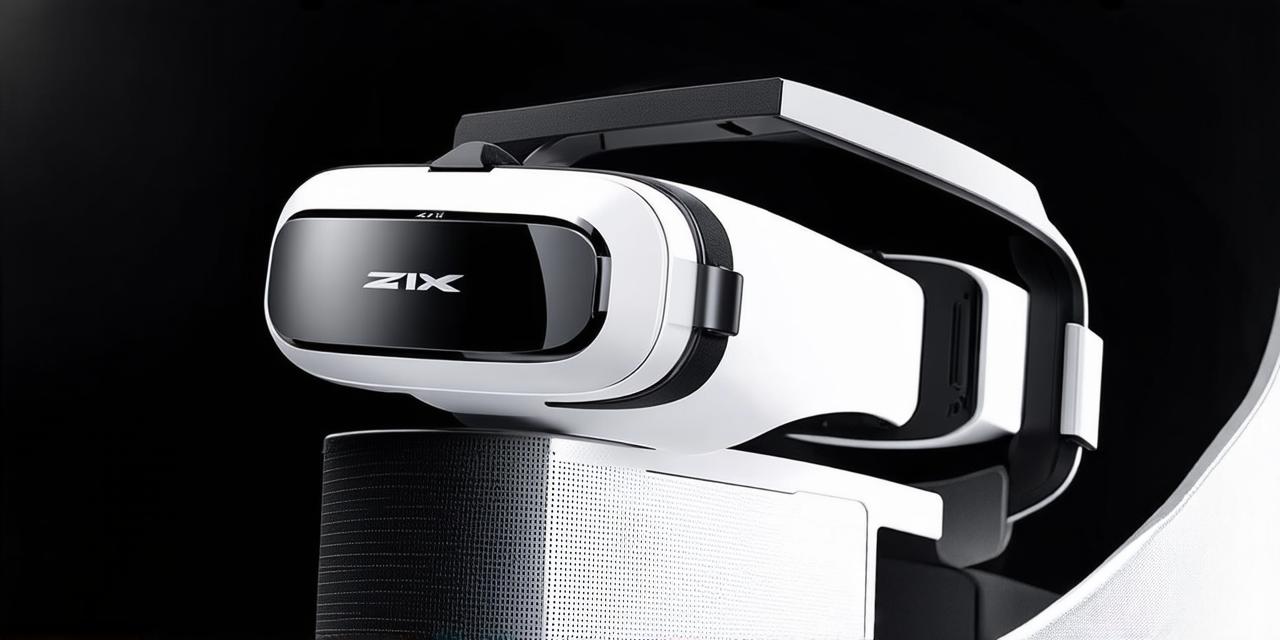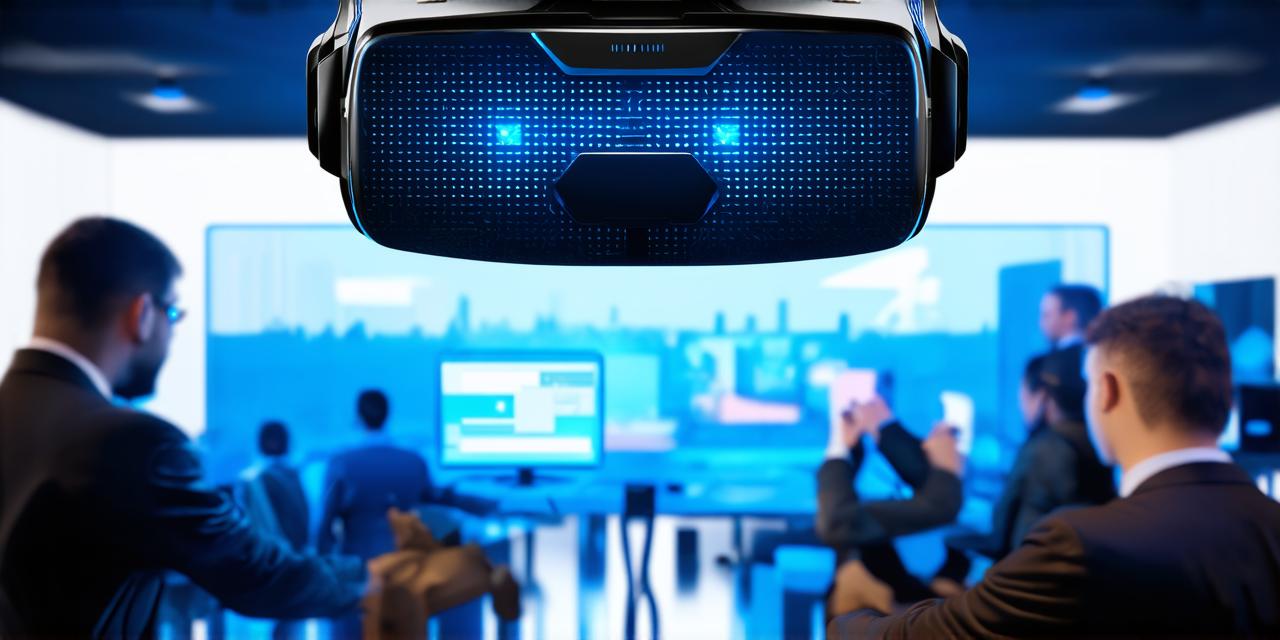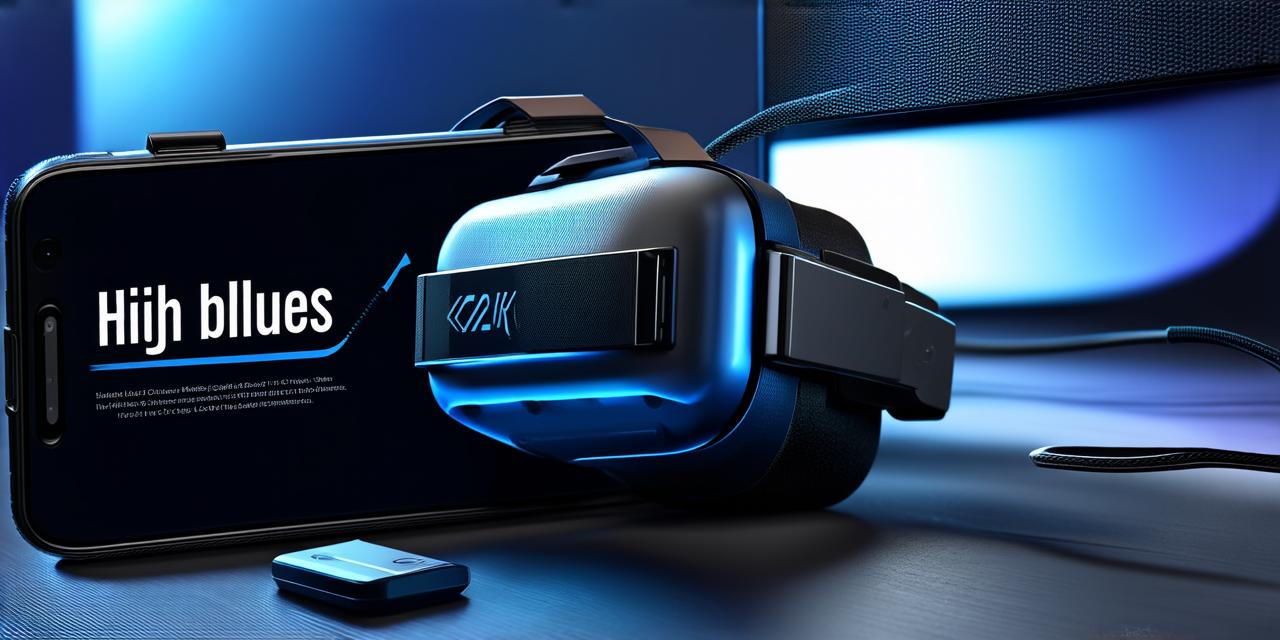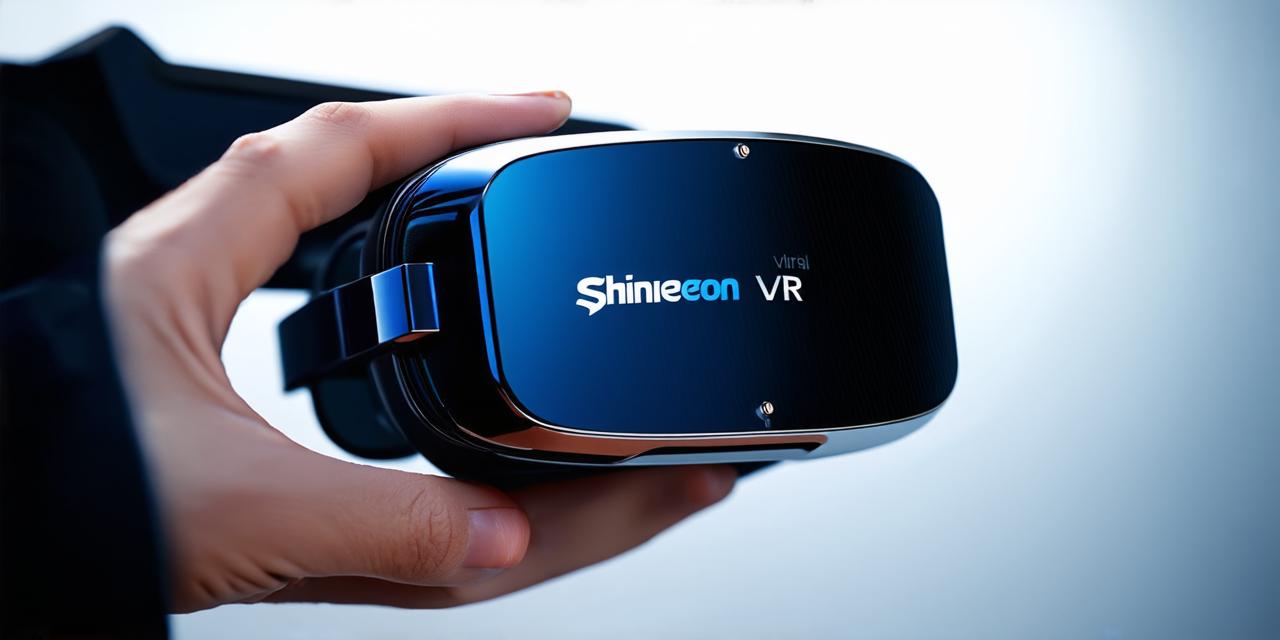Virtual reality technology is rapidly advancing, and one of the key components that make VR possible is the ability to provide unique visual experiences for each user.
What is a VR headset?
A VR headset is a piece of hardware that allows users to immerse themselves in a virtual environment by providing them with a 360-degree view of their surroundings. This is achieved through the use of two displays, one for each eye, which work together to create a seamless and realistic visual experience.
Why do VR headsets deliver distinct images to each eye?
The main reason that VR headsets deliver distinct images to each eye is because of the way our brains process visual information. Our eyes work independently, with each eye sending information to the brain separately.
This means that when we look at something from a particular angle or position, only one eye sees it directly while the other eye has to turn its head to see it.
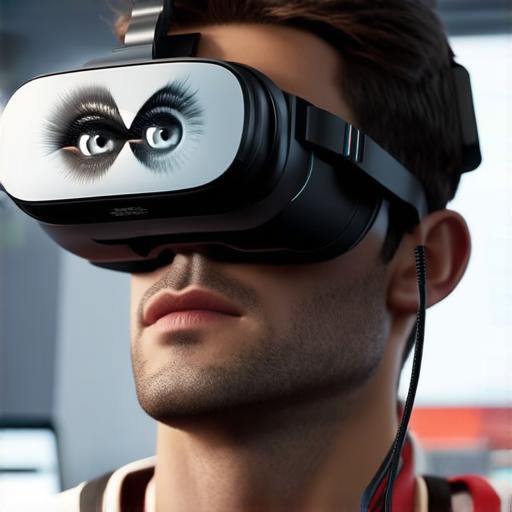
In order to create a truly immersive VR experience, the headset needs to take this into account and deliver different images to each eye, matching what each eye would see in real life. This is achieved through the use of stereoscopic displays, which use two separate lenses to provide a 3D image that appears to float in front of the user.
The benefits of delivering distinct images to each eye
There are several benefits to delivering distinct images to each eye in VR headsets:
- Realism: By providing different visual experiences to each eye, VR headsets can create a more realistic and immersive experience for the user. This is because the brain is able to process the information from both eyes more effectively, creating a more convincing sense of presence in the virtual environment.
- Comfort: Delivering distinct images to each eye can also help to reduce motion sickness and other discomforts that can occur when using VR headsets. By providing a more natural visual experience, the brain is better able to process the information and maintain its balance, reducing the likelihood of feeling nauseous or dizzy.
- Improved depth perception: Stereoscopic displays can also help to improve depth perception in VR headsets, making it easier for users to navigate and interact with virtual objects. This is because the brain is able to process the information from both eyes simultaneously, creating a more accurate sense of depth and distance.
In conclusion, the ability to deliver distinct images to each eye is a key component of VR technology. It allows for a more realistic and immersive experience, reduces discomfort and motion sickness, and improves depth perception. By taking advantage of this technology, users can fully immerse themselves in virtual environments and explore new worlds in ways that were previously impossible.
